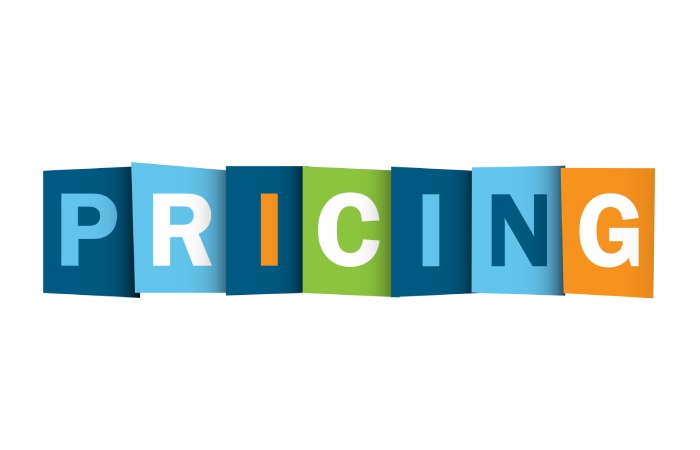Pricing is a crucial part of business as it determines how many customers you may retain. Some businesses may prefer to focus on creating a good value because some clients are willing to pay more for good quality.
Instinctively, clients will likely choose a product that costs less, so you should be careful not to overprice. However, products that cost way less could also be associated with poor quality, and customers will avoid them. Therefore, you need to set your prices right to keep clients and achieve your business goals.

Factors To Consider When Setting Prices
Several factors play a role in determining the price of a particular product. Two similar products by two different companies may be priced differently depending on the nature of production and the factors in play.
Here are some you should consider:
1. Consider Your Business Costs
An ideal business operation is where you can cover all the business costs and still make a profit. The cost isn’t just what you incur when producing the product but also the overhead costs such as rent, packaging supplies, marketing, and logistics costs. When pricing your products, you can add all these costs, calculate each product’s unit cost, add your expected profit, and use the resulting amount as your price.
Other important costs in a business that you should consider are the labor costs, taxes, and capital for future expansions. Assuming any of the costs in your business may cause underpricing. While lower prices may attract many customers, they will have devastating effects on your business in the long run.
2. Know Your Competition
If a customer walks into a supermarket, they’ll most likely look at the different prices of similar products to determine which they’ll buy. If they know what value your business offers, they’ll likely go for your brand instead. However, you must know the price range of similar products around your region.
However, when comparing prices, you shouldn’t just look at the published price because they could be producing the products at much lower costs. Therefore, your competition should only act as a guide and not a binding force to determine how you determine the prices. If many businesses are selling comparable products to yours, then you shouldn’t set the price too high as the demand will be low.
3. Know Your Customers
You have to put customers in mind when setting the prices as they’re the ones who are going to purchase your products. You can conduct surveys to understand your customers’ behaviors, hence adjusting the prices to suit them and is convenient to the business.
An excellent example of how customers respond to prices is during festive seasons. In such seasons, customers are willing to pay more for food products and hospitality services than other months. People in different locations may also have different spending habits and are willing to pay more for a product.
Depending on location and season, understanding how your customers behave can help you be more flexible with your prices without losing customers or making losses.
4. Consider Market Trends
Different market conditions will impact your pricing. The most common economic forces, demand and supply, should guide your pricing. If the demand for your products is high and the supply is relatively low, you can increase your prices slightly and vice versa.
Second, you should look at economic stability in that a more stable good favors businesses, while a struggling economy will affect luxury products more than essential products. As a result, businesses offering luxury products and services may be forced to reduce prices in challenging economic times. In contrast, essential products can still retain a specific price range without losing customers.
5. Consider Your Business Goals
A good business’s goal is usually about achieving business growth. However, the timeline of achieving this growth can differ depending on the finances available. How you price your product also determines how much capital you’ll have for business growth. If you’re targeting to expand your business or target a certain threshold in your profits, you can increase prices on your products.
As long as the customers are willing to pay for that particular product, then you can try testing their limits and setting the price at that point. It’ll give you more income and you can expand your business. If you aren’t seeking to grow now, then there’s no need to push the prices up if the current price meets all your business needs.
Conclusion
In some instances, pricing can be a do or die for your business. Knowing how to price your products will save you from such scenarios where you overprice and lose customers or underprice and make losses. There are situations where you may compromise with the prices, but generally, you should look at the factors discussed to help with pricing.


